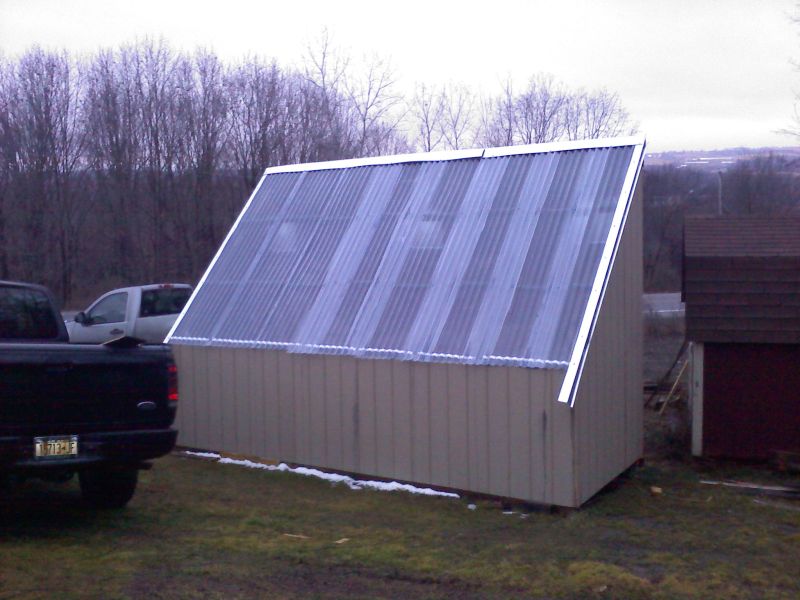Q.
We host an Antique Power Show. At the show, we have a sawmill (single blade 24", hammered teeth).
The safety committee is looking for information about the cooling of the saw blade. One operator insists on using water to cool the blade (this is not production sawing, nor high volume work, rather demonstration activities and making sawdust).
Forum Responses
The trick is not to get the saw that hot in the first place.
I've always been told to never put water on a hot saw. It will ruin the tension. I've always used diesel when I'm in a pinch.
Usually, I stop the saw to see where I'm getting heat from (piece of wood next to the blade). Then you should open up the saw guides, and allow the blade to cool on its own, while running. Then, after it is cooled, readjust the saw guides.
Heat can be caused by dull teeth, something rubbing, feeding too fast, feeding too slow, saw guides not adjusted right, track alignment, saw not tensioned for the correct mill rpm or insufficient lead, just to name a few. Correct the problem and saw heating should be greatly reduced.
Also, if the saw heats at all, the tension required to run flat increases. To offset this heating effect (which is common in hammered teeth and the swedging is not as effective as using an inserted tooth on a circle saw) water cooling on the rim is used.
However, as stated above, a 24" diameter saw should not run very hot and even if it does, the wobble (if properly tensioned) would be minor. Cooling is much more critical when running over 54" diameter headsaws.
Cooling is often used on wide band saws as well.
Gene Wengert, forum technical advisor
All saw blades are built to absorb heat. This is accomplished by tensioning the saw body. When a saw is cutting it will run straight until the heat generated from the cutting friction is transferred to the body section of the blade. Once the temperature overheats the saw tension level, the saw will deviate or snake or roll over if it gets hot enough.
All of the above can be eliminated with the use of OptiCut-XL from Empire. OptiCut-XL is water based cutting lubricant, specifically designed for woodworking cutting tools.
What makes it work is a special flouropolymer that adheres to the microstructure of the saw body and cutting edge. This coating is good for several hundred feet of cutting. By reducing the friction generated by the cutting action of the saw tooth, you reduce the amount of heat that is generated.
